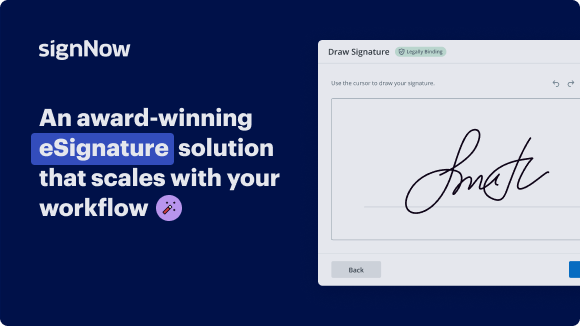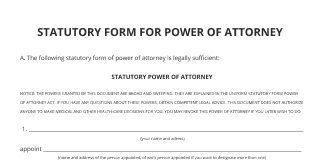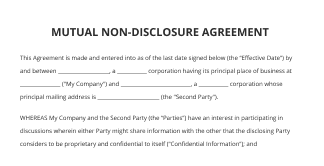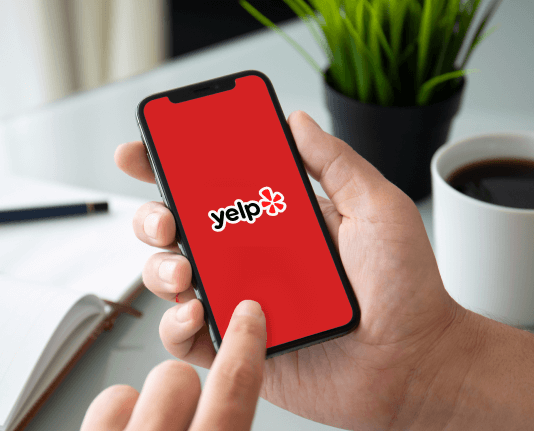Scan Teller Radio Button with airSlate SignNow
Do more online with a globally-trusted eSignature platform
Outstanding signing experience
Reliable reporting and analytics
Mobile eSigning in person and remotely
Industry polices and conformity
Scan teller radio button, faster than ever before
Helpful eSignature add-ons
See airSlate SignNow eSignatures in action
airSlate SignNow solutions for better efficiency
Our user reviews speak for themselves






Why choose airSlate SignNow
-
Free 7-day trial. Choose the plan you need and try it risk-free.
-
Honest pricing for full-featured plans. airSlate SignNow offers subscription plans with no overages or hidden fees at renewal.
-
Enterprise-grade security. airSlate SignNow helps you comply with global security standards.

Your step-by-step guide — scan teller radio button
Using airSlate SignNow’s eSignature any business can speed up signature workflows and eSign in real-time, delivering a better experience to customers and employees. scan teller radio button in a few simple steps. Our mobile-first apps make working on the go possible, even while offline! Sign documents from anywhere in the world and close deals faster.
Follow the step-by-step guide to scan teller radio button:
- Log in to your airSlate SignNow account.
- Locate your document in your folders or upload a new one.
- Open the document and make edits using the Tools menu.
- Drag & drop fillable fields, add text and sign it.
- Add multiple signers using their emails and set the signing order.
- Specify which recipients will get an executed copy.
- Use Advanced Options to limit access to the record and set an expiration date.
- Click Save and Close when completed.
In addition, there are more advanced features available to scan teller radio button. Add users to your shared workspace, view teams, and track collaboration. Millions of users across the US and Europe agree that a solution that brings everything together in a single holistic work area, is what enterprises need to keep workflows performing efficiently. The airSlate SignNow REST API allows you to integrate eSignatures into your app, internet site, CRM or cloud. Check out airSlate SignNow and enjoy faster, smoother and overall more productive eSignature workflows!
How it works
airSlate SignNow features that users love
Get legally-binding signatures now!
FAQs
-
How does signature verification work?
Verifying a signature will tell you if the signed data has changed or not. When a digital signature is verified, the signature is decrypted using the public key to produce the original hash value. The data that was signed is hashed. If the two hash values match, then the signature has been verified. -
Is airSlate SignNow legally binding?
airSlate SignNow documents are also legally binding and exceed the security and authentication requirement of ESIGN. Our eSignature solution is safe and dependable for any industry, and we promise that your documents will be kept safe and secure. -
How do I get rid of airSlate SignNow?
Click on your profile photo in the top right corner and select My Account from the dropdown menu. Go to the Settings section and click delete your account. Then, you'll be asked to contact support@signnow.com to confirm your account deletion. -
Is airSlate SignNow safe to use?
Are airSlate SignNow eSignatures secure? Absolutely! airSlate SignNow operates ing to SOC 2 Type II certification, which guarantees compliance with industry standards for continuity, protection, availability, and system confidentiality. The electronic signature service is secure, with safe storage and access for all industries. -
How is online signature verification done?
Signature verification technology requires primarily a digitizing tablet and a special pen connected to the universal serial bus port (USB port) of a computer. An individual can sign on the digitizing tablet using the special pen regardless of his signature size and position. -
What are the reviews for airSlate SignNow?
Overall our experience has been great, and I enthusiastically recommend airSlate SignNow. The primary function of the software is great - we can easily add fields and get documents sent off for signature, and have had no complaints or concerns from users on how to complete their online signatures. -
How does signature airSlate SignNow verify?
Log in to your account or register a new one. Upload a document and click Open in airSlate SignNow. Modify the document. Sign the PDF using the My Signature tool.
What active users are saying — scan teller radio button
Related searches to scan teller radio button with airSlate SignNow
Sort radio attestation
(gentle music) - Trunk networks get their name from the world of telephony. Traditionally two cites would bundle together their connections into a single thick line like the trunk of a tree, referred to as a trunk line, and then the local household looped lines would be like the branches of a tree, one line for each household. The reason why trunking has become important is because it offers some huge advantages over conventional for larger agencies. A conventional system is a system that has dedicated channels dedicated to a specific user or group of users. You select a channel manually by moving a selection knob on a radio or pressing some buttons or maybe using some kind of drop down menu in a display. So conventional means selecting the channel in order to communicate. So dedicated to particular users. Channel one might be fire, channel two might be fire chief's, channel three might be animal control. In order to communicate with these particular groups a user has to make a channel selection first by hand, manually. Conventional has some huge advantages. Why it's still popular around the world today. It's very fast to setup a call, it's easy to use and it's pretty inexpensive. However, there are some down sides as well. Remember conventional means using dedicated channels that are manually selected and when a channel is being used it's used exclusively by one caller. So anybody else who wants to make a call on that channel has to wait until the call is over. It's an inefficient use of radio channels. I mean think for a moment, channel one the fire channel, you'd expect to be busy all the time, but channel three the animal control channel well how many loose dogs are there, that channel can go idle. So while you've got callers waiting to have a crack at channel one they can't make use of channel three even though it's completely idle. If you wanted to add groups for example you'd have to add a new channel that they can select. In a sense you're limited by how many channels you can select from manually and also adding a new channel or a new user group to this whole radio system means that you'll have to go out and reprogram all the radios all over again. There is a bit of a trade off. I mean if you're a small agency a conventional system is absolutely perfect, if you know the groups that they are going to be communicating with why not go for a conventional system, but as soon as the number of groups, the number of users that you're working on a system increases you might actually like to consider trunking instead. Trunked radio might be better called computer controlled or computer aided radio. A trunk user identifies another user or group of users they wish to communicate with and a computer automatically assigns them the first free available channel from a pool of...
Show more





























